Common Name(s): Parana pine, Brazilian pine
Scientific Name: Araucaria angustifolia
Distribution: Southern Brazil, Paraguay, Argentina
Tree Size: 65-115 ft (20-35 m) tall,
2-3 ft (.6-1 m) trunk diameter
Average Dried Weight: 33.9 lbs/ft3 (545 kg/m3)
Specific Gravity (Basic, 12% MC): 0.42, 0.54
Janka Hardness: 810 lbf (3,610 N)
Modulus of Rupture: 13,390 lbf/in2 (92.3 MPa)
Elastic Modulus: 1,648,000 lbf/in2 (11.37 GPa)
Crushing Strength: 7,570 lbf/in2 (52.2 MPa)
Shrinkage: Radial: 3.8%, Tangential: 7.4%,
Volumetric: 11.6%, T/R Ratio: 1.9
Color/Appearance: Heartwood is light to medium brown, commonly with red streaks. Sapwood is light yellow and not always clearly distinguished from the heartwood.
Grain/Texture: Grain is straight, with a uniform medium texture and low natural luster.
Rot Resistance: Rated as non-durable to perishable; poor insect resistance.
Workability: Easy to work with hand or machine tools. However, Parana pine has a tendency to warp and distort during drying, and compression wood may be present in the wood, which cause boards to further distort after ripping or resawing. Glues and finishes well.
Odor: No characteristic odor.
Allergies/Toxicity: Although severe reactions are quite uncommon, wood in the Araucaria genus has been reported to cause skin irritation. See the articles Wood Allergies and Toxicity and Wood Dust Safety for more information.
Pricing/Availability: Extensively logged in the past, Parana pine is very seldom available. Expect prices to be much higher than comparable domestic softwoods.
Sustainability: This wood species is not listed in the CITES Appendices, but is on the IUCN Red List. It is listed as critically endangered due to a population reduction of over 80% in the past three generations, caused by a decline in its natural range, and exploitation.
Common Uses: Veneer, furniture, flooring, and interior millwork.
Comments: Named after the Brazilian state of Parana, where the wood has been heavily exploited in the past. It’s sometimes known by the simpler name Brazilian pine—though the trees are also found in Paraguay and Argentina. Despite its common name, the tree is technically not a true pine in the Pinus genus.
In addition to the normal wood, tight knots from long-dead Araucaria trees are collected from the forest floors in Brazil. Called clavos de pino, or pine nails, these small, conical wood chunks feature vibrant reddish orange color, and have a recorded density of up to 74.3 lbs/ft3 (1,190 kg/m3). They are usually burned as firewood, or sometimes used for small ornamental projects or turnings.
Images: Drag the slider up/down to toggle between raw and finished wood. A special thanks to Steve Earis for providing a wood sample of this wood species, and Angel Sampedro del Rio for providing the photos of clavo de pino (pine nails) of this wood species.
Identification: See the article on Softwood Anatomy for definitions of endgrain features.
Resin canals: absent
Tracheid diameter: medium-large
Earlywood to latewood transition: gradual
Grain contrast: low
Parenchyma: none; sometimes contains resinous tracheids (resin plugs) with dark reddish-brown contents which look nearly identical to diffuse parenchyma
Lookalikes/Substitutes: Monkey puzzle (Araucaria araucana) is a closely related, CITES-protected species also found in South America. While not foolproof, Parana pine can sometimes be separated from monkey puzzle based on its reddish streaks, which are far less common in A. araucana. Additionally, while splinters from both woods burn to full ash, A. araucana splinters burn to a light gray to whitish-colored ash, while A. angustifolia burns to a dark gray to black-colored ash.
Notes: Most Araucaria and Agathis species are indistinguishable on the basis of macroscopic wood anatomy.
Related Content:

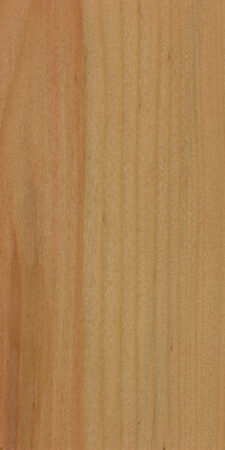
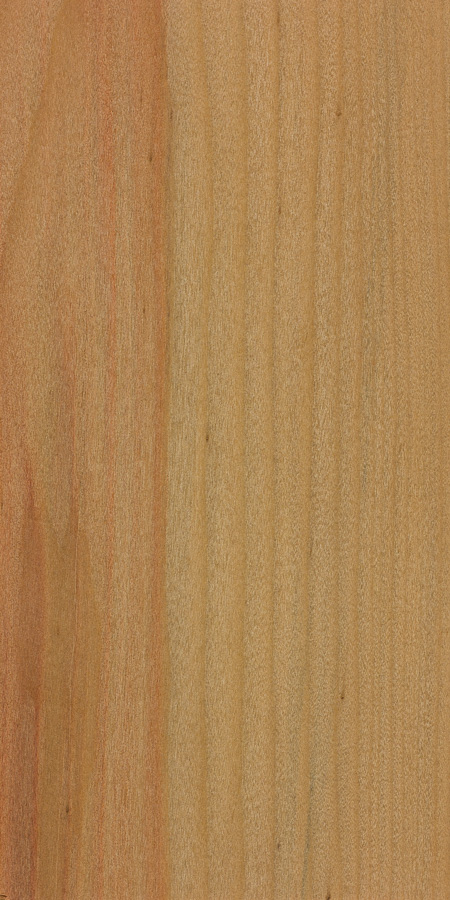
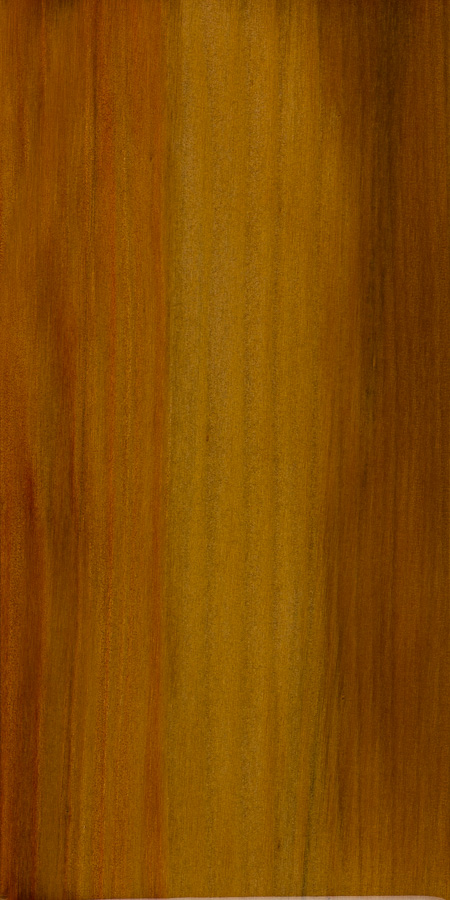
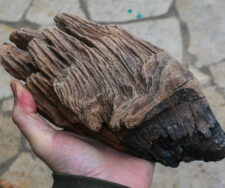
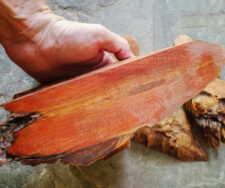
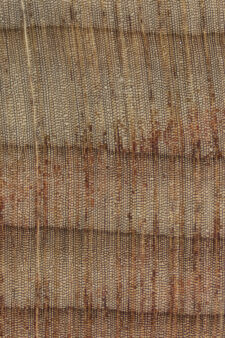

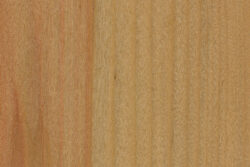
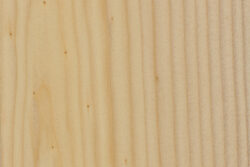
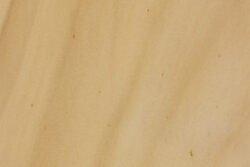
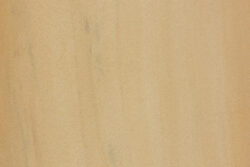






Me and a number of other woodwork students were given this type of pine to use for making a stand, I made a small knife holder, and I’m surprised it seems quite rare being on the IUCN red list and rarely available in the quantities that the department seemed to have just lying about. The wood itself finished very well with Danish oil and a polish with wire wool. the single red streak running through all our pieces and the twisting grain gives them a nice character and style. The wood does seem to have a characteristic odour however, one… Read more »
Came across a 1964 house in Perthshire Scotland with this on the soffits -both internal and external. It was unavailable during the 1978 extension phase so the ceiling details are different. Interesting to read about the rot susceptibility- it appears to have fared well on the house in question.
at what temperature (k) was the young modulus result achieved at ??
I know exactly what you mean Stephen Hopkins. I have a few walls
and som other elements in my home with parana pine. Its from the 1960`s. Everytime i wash it, it smells disgusting. Kind of like you described, like volmit.
ive come into quite alot of parana pine recently. i feel that it has quite a strong odor. i can only describe it as a vomit smell or very smelly cheese.
probably rotting then, it does say that it has a very poor resistance to rotting and insects.
Yes Stephen I would have to agree with you! we used parana pine a lot mainly for stair strings and the smell of the shavings from the Planer reminded me of ? yes cheese. I’m talking of 40 years ago when I was serving my apprenticeship.
It always made my school woodcraft class teacher sneeze.